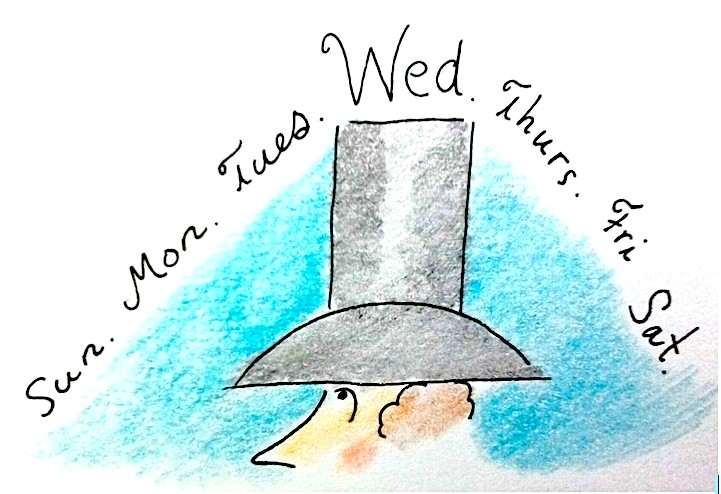Charles Saxon: Could He Draw Or What?
Some years back, the Spill archive acquired three Charles Saxon drawings at auction. Each seemingly tied into an ad campaign or perhaps illustrations for a book or article (they’re not captioned single panel cartoons such as you see in The New Yorker). At least one of them has appeared on the Spill before (the fellow holding the martini).
There’s nothing quite like looking at original art, especially original art by the masters of the form. Look closely and you see the flow or stutter of the pen or pencil line. Sometimes you see the “mistakes.” These Saxon drawings are, for me, teaching lessons on a daily basis. The man and the woman holding martini glasses are blasts of great drawing. The piece in the middle, with all its animated energy, seems like a sketch.
When I was making my run at The New Yorker in the early 1970s, I began a life-long habit of studying the cartoons appearing in the then current magazines, as well as exploring the issues of the past. Saxon was one of many New Yorker cartoonist giants then, with his body of work stretching back to the 1940s. His work was on covers, in spreads, in ads, in books, and of course, in single panel cartoons in The New Yorker. There’s an effortless ease to his drawings — a naturalness that a good number of his contemporaries shared. That, for me, was (and continues to be) the goal: drawings that reflect the cartoonist, working in sync with the cartoonist’s writing, not drawings that exist to illustrate a caption. With a Saxon drawing there was no iffiness of authorship: it was a Saxon drawing: a reflection of his cartoon world.
____________________________________________________________________________
Charles Saxon’s A-Z Entry:



Charles Saxon (self portrait from Best Cartoons of the Year 1947) Born in Brooklyn, Nov 13, 1920, died in Stamford, Conn., Dec 6, 1988. New Yorker work: 1943 – 1991 (2 drawings published posthumously). Key collection: One Man’s Fancy ( Dodd, Mead, 1977). One of the giants of the New Yorker’s stable of artists. He could do it all: covers, spreads, single panels.




